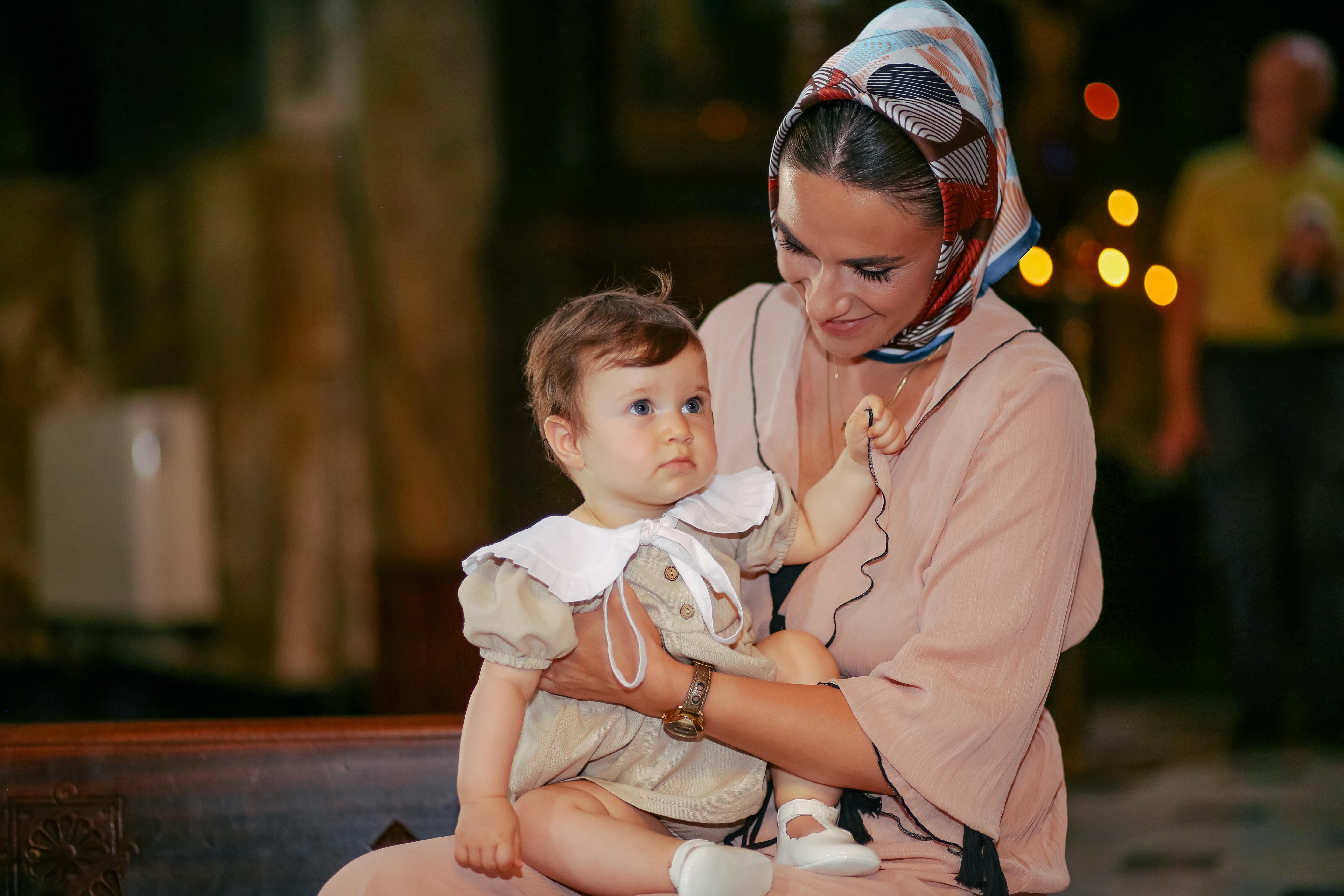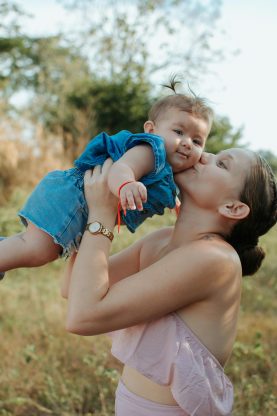Table of Contents
Supervision
One of the most important safety procedures for babysitters to follow is proper supervision of the children under their care. It is crucial for babysitters to always keep a close eye on the children, especially younger ones who may not be able to communicate if they are in danger. Babysitters should never leave children unattended, even for a brief moment, as accidents can happen in the blink of an eye. It is also important for babysitters to establish clear boundaries and rules with the children to ensure they understand what is expected of them and to prevent any dangerous behavior.
On-Demand Childcare in Your Neighborhood
Book a Sitter
Emergency Preparedness
Another key safety procedure for babysitters is being prepared for emergencies. Babysitters should always have a list of emergency contacts, including the parents’ contact information, as well as the contact information for a neighbor or nearby family member in case of an emergency. Babysitters should also be trained in basic first aid and CPR in case of accidents or injuries. It is important for babysitters to know how to handle common childhood emergencies, such as cuts and bruises, burns, and choking, as well as how to assess the severity of an injury and when to seek medical attention.
Childproofing
Childproofing is an essential safety procedure for babysitters to follow, especially in homes with young children. Babysitters should always be aware of potential hazards in the home, such as sharp objects, choking hazards, and electrical outlets, and take steps to childproof the environment to prevent accidents. This may include installing safety gates at the top and bottom of stairs, securing cabinets and drawers with childproof locks, and keeping small objects out of reach of young children. Babysitters should also be familiar with the home’s fire escape plan and location of fire extinguishers in case of a fire emergency.

Safe Sleep
Ensuring a safe sleep environment for babies and young children is another important safety procedure for babysitters to follow. Babysitters should always put babies to sleep on their back in a crib with a firm mattress and fitted sheet, free of blankets, pillows, toys, and other soft bedding that could pose a suffocation hazard. It is also important for babysitters to make sure the crib meets current safety standards and is free of any recalls.
Babysitters should also be familiar with safe sleep practices, such as avoiding overheating the room or using sleep positioners, to reduce the risk of Sudden Infant Death Syndrome (SIDS).
Communication
Effective communication is key to ensuring the safety and well-being of the children under a babysitter’s care. Babysitters should always maintain open and clear communication with the children, as well as with the parents, to ensure everyone is on the same page and any concerns or issues are addressed promptly. Babysitters should also know how to respond to emergencies and who to contact in case of an emergency, whether it be the parents, emergency services, or a trusted neighbor or family member. Open communication also allows babysitters to establish trust with the children and build a positive relationship with them, creating a safe and comfortable environment for everyone.
In conclusion, babysitting is a rewarding job that comes with a lot of responsibility, especially when it comes to the safety of the children in your care. By following these top 5 safety procedures – proper supervision, emergency preparedness, childproofing, safe sleep, and communication – babysitters can ensure a safe and secure environment for the children they are looking after, giving both the parents and the babysitters peace of mind.










